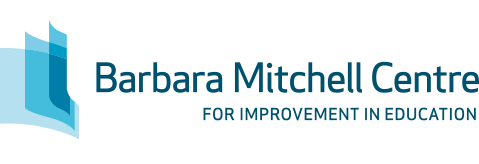Is the Canada Child Benefit Targeted to those Most in Need?
— Published on October 6, 2020

- This essay assesses the federal government’s multiple claims that the Canada Child Benefit (CCB) is targeted to those who need it most.
- Any program providing benefits to 90 percent or so of families will struggle to be targeted to only those in need.
- Of the total benefits paid under the CCB, 8.3 percent is allocated to families with a gross income below $30,000; that proportion increases to 16.2 percent if gross family income is $40,000 or less.
- More than half of the total CCB (50.3 percent) is allocated to families with incomes of $70,000 or higher.
- The CCB represents a material increase in costs from the previous combination of the Universal Child Care Benefit (UCCB) and the Canada Child Tax Benefit (CCTB). The cost estimate for the CCB for 2019-20 is $24.4 billion, an increase of $5.7 billion, or 30.5 percent, compared to the previous programs.
- The most pronounced increase from the old UCCB plus CCTB programs compared to the new CCB were for those families with incomes between $40,000 and $120,000; the CCB also increased benefits to families with a gross income of up to $180,000.
- Under the previous programs, eligible families with incomes below $40,000 received 21.8 percent of the benefits whereas under the CCB, they receive 16.2 percent of the total.
- Families with incomes between $50,000 and $120,000 previously received 44.4 percent of the total benefits whereas they now receive 56.9 percent, a marked 28.1 percent increase in the distribution for middle-income families.
- The CCB cannot be credibly referred to as a targeted program and it transfers relatively more to the middle class than did the previous child benefits system.
Authors:
More from this study
Subscribe to the Fraser Institute
Get the latest news from the Fraser Institute on the latest research studies, news and events.




